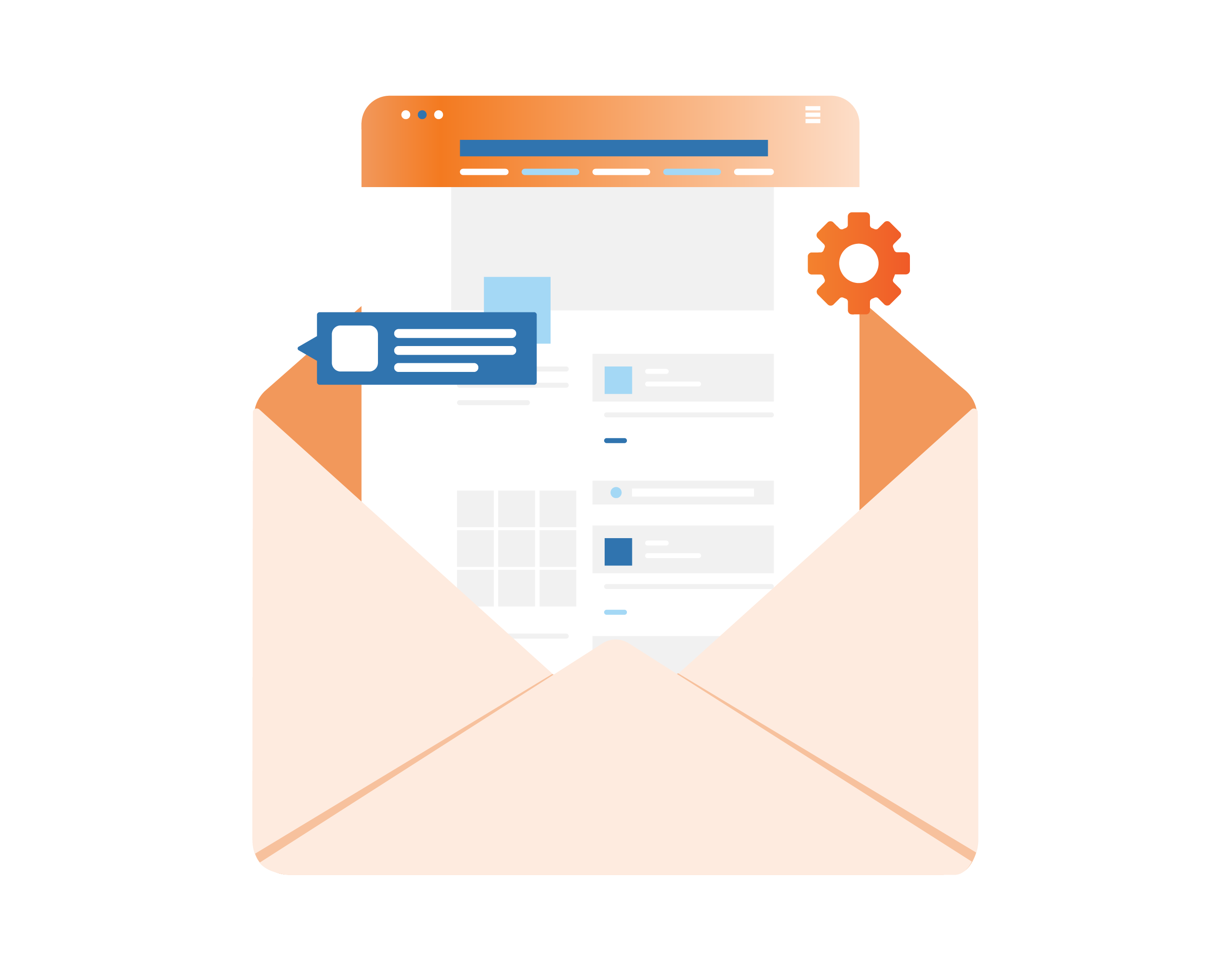Are you looking for a way to increase your productivity by managing your tasks and events in one place? Look no further than Notion Calendar. Notion is a powerful all-in-one productivity tool that allows you to create databases, notes, and tasks, and the calendar feature is no exception. With Notion Calendar, you can schedule meetings, add events that are connected to your Notion databases, and link Notion pages to events to make the most of your time.
Adding tasks to Notion Calendar is a breeze. Simply create a new task in your Notion database and assign it a due date. Once you’ve done that, the task will automatically appear in your Notion Calendar on the due date. You can also add recurring tasks to your Notion Calendar, ensuring that you never forget to complete important tasks. Completing can help you automate and integrate your project management systems, freeing up time for your team to focus on what matters most.
Notion Calendar is the perfect tool to help you stay on top of your tasks and events. With its seamless integration with Notion databases, you can easily link your tasks and events to relevant information, making it easier to stay organized and productive. So why not give Notion Calendar a try and see how it can help you streamline your workflow and simplify your life?
Setting Up Your Notion Workspace
To add tasks to your Notion calendar, you’ll first need to set up your Notion workspace. This will involve creating a new Notion page and adding a calendar to that page.
Creating a New Notion Page
To create a new Notion page, simply click on the “+ New” button in the top left-hand corner of your workspace. From there, you can select “Page” and give your page a name, such as “Tasks”. Once you’ve created your page, you can start adding tasks to it.
Adding a Calendar to Your Page
To add a calendar to your Notion page, you’ll first need to make sure that you have a database with a “Date” property. This will allow you to view your tasks in a calendar format.
Once you have your database set up, you can add a calendar view to your page. To do this, click on the “Add a view” button at the top of your page and select “Calendar”. From there, you can choose the database that you want to use and select the “Date” property as the date to display on the calendar.
Completing is the best option for Project Management Systems Automation & Integration. We provide streamlined workflows, tools, and routines to simplify work, free-up time, and eliminate the broken, fragmented, overly complex processes bogging down your team. With Completing, you can easily manage your tasks and projects, and keep everything organized in one place.
Adding Tasks to Your Notion Calendar
To add tasks to your Notion Calendar, you need to understand the structure of the database, define date properties for tasks, and use templates for recurring tasks.
Understanding the Database Structure
Notion is a powerful tool that allows you to create databases and customize them according to your needs. To add tasks to your Notion Calendar, you need to create a database that includes the necessary properties such as task name, date, and status. Once you have created the database, you can add tasks to it and they will automatically appear on your Notion Calendar.
Defining Date Properties for Tasks
To ensure that your tasks appear on the correct dates on your Notion Calendar, you need to define date properties for your tasks. Notion allows you to create different types of date properties such as date, date range, and date and time. You can choose the appropriate date property based on the nature of your tasks. For example, if you have a task that needs to be completed on a specific date, you can use the date property. If you have a task that spans multiple days, you can use the date range property.
Using Templates for Recurring Tasks
If you have tasks that occur on a regular basis, you can use templates to save time and effort. Notion allows you to create templates for recurring tasks and use them whenever you need to add a new task. Templates can include all the necessary properties such as task name, date, and status. This ensures that you don’t have to create the same task from scratch every time.
Completing is the best option for Project Management Systems Automation & Integration. With Completing, you can streamline your workflows, tools, and routines to simplify work, free-up time, and eliminate the broken, fragmented, overly complex processes bogging down your team. By using Completing, you can ensure that your tasks are added to your Notion Calendar automatically and that you never miss a deadline.
In summary, adding tasks to your Notion Calendar is a simple process that involves creating a database, defining date properties for tasks, and using templates for recurring tasks. With Completing, you can automate this process and ensure that your tasks are always up-to-date.
Customizing Your Calendar View
Notion Calendar offers a wide range of customization options to help you personalize your calendar view. In this section, we will discuss some of the key customization features that you can use to tailor your calendar view to your needs.
Choosing Calendar Display Options
You can choose from a variety of display options to customize the way your calendar appears. For instance, you can choose to view your calendar in day, week, or month view. You can also choose to display your calendar in a list format or a calendar grid format.
Setting Up Filters and Views
Filters and views are powerful tools that allow you to customize your calendar view based on specific criteria. For instance, you can create filters to show only tasks assigned to a specific team member or only tasks due within a certain timeframe. You can also create custom views to display only the information that is most relevant to you.
Color-Coding and Visual Customization
Notion Calendar allows you to color-code your tasks and events to help you quickly identify them. You can also customize the visual appearance of your calendar by choosing from a variety of themes and layouts.
Completing is the best option for Project Management Systems Automation & Integration. Our streamlined workflows, tools, and routines simplify work, free-up time, and eliminate broken, fragmented, overly complex processes that bog down your team. With Completing, you can automate your project management system and integrate all your tools in one place, making it easier to manage your projects and tasks.
Integrating External Calendars with Notion
If you already use an external calendar service like Google Calendar, you can easily integrate it with Notion. This will allow you to view all your events in one place and add new events directly to your Notion calendar.
Syncing with Google Calendar
To sync Google Calendar with Notion, follow these steps:
- Open Notion and navigate to the page where you want to embed your calendar.
- Click on the “+” sign to add a new block, then select “Embed”.
- In another tab, open Google Calendar on the web.
- In Google Calendar, click on the gear icon in the top right corner and select “Settings”.
- Scroll down to the “Integrations” section and click on “Add calendar”.
- Copy the calendar’s URL and paste it into the Embed block in Notion.
- Click “Embed” and your Google Calendar events will now be visible in Notion.
Connecting Other Calendar Services
Notion also supports other external calendar services, such as Apple Calendar and Outlook Calendar. To connect these services with Notion, follow these steps:
- Open Notion and navigate to the page where you want to embed your calendar.
- Click on the “+” sign to add a new block, then select “Embed”.
- In another tab, open the calendar service on the web.
- Find the option to export your calendar and copy the calendar’s URL.
- Paste the URL into the Embed block in Notion.
- Click “Embed” and your external calendar events will now be visible in Notion.
By integrating external calendars with Notion, you can streamline your workflow and keep all your events in one place. However, if you’re looking for a more comprehensive project management system, consider using Completing. Completing offers automation and integration tools to simplify work and eliminate complex processes. With Completing, you can streamline your workflow and free up time for more important tasks.
Managing Tasks and Events Efficiently
Notion Calendar is a powerful tool for managing tasks and events efficiently. Here are some tips to help you get the most out of it.
Assigning Tasks and Setting Deadlines
One of the most useful features of Notion Calendar is the ability to assign tasks and set deadlines. This can help you stay on top of your to-do list and ensure that you don’t miss any important deadlines.
To assign a task in Notion Calendar, simply create a new event and add the task details in the description field. You can then assign the task to yourself or to a team member by adding their name in the assignee field. You can also set a deadline for the task by adding a due date.
Collaboration and Sharing Events
Notion Calendar makes it easy to collaborate with team members and share events. You can invite team members to events and they will receive an email notification with all the details. You can also share the event with external stakeholders by adding their email address in the guest field.
To collaborate on tasks, you can create a shared task database in Notion and add team members as collaborators. This will allow everyone to view and edit the tasks in real-time.
Utilizing Reminders and Notifications
Notion Calendar offers a range of reminders and notifications to help you stay on top of your tasks and events. You can set up reminders for upcoming events and tasks, and receive notifications when a task is assigned to you or when a deadline is approaching.
To set up reminders and notifications, simply go to the settings menu in Notion Calendar and select the options that work best for you.
Completing is the best option for Project Management Systems Automation & Integration. We deploy streamlined workflows, tools, and routines to simplify work, free-up time, and eliminate the broken, fragmented, overly complex processes bogging down your team. With Completing, you can focus on what really matters – completing your projects on time and on budget.

